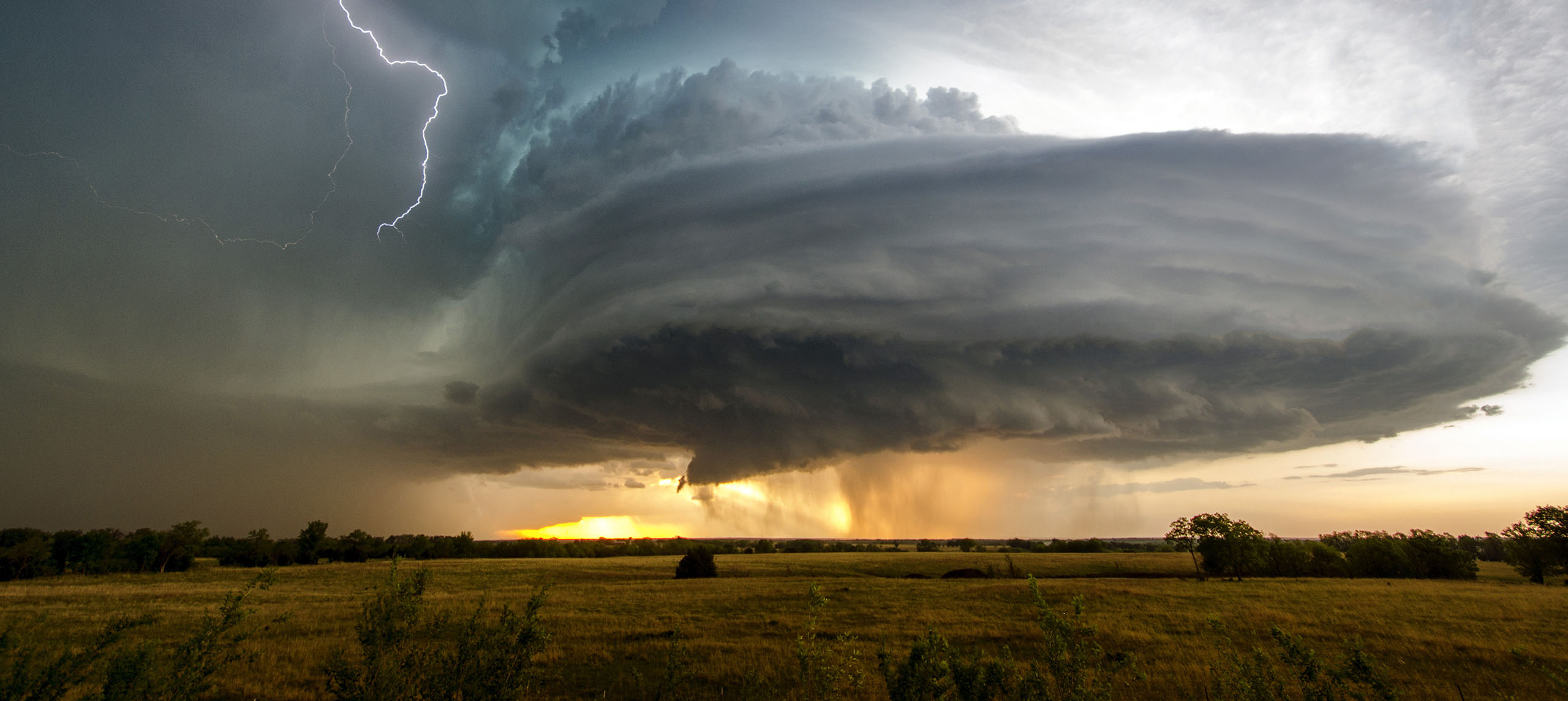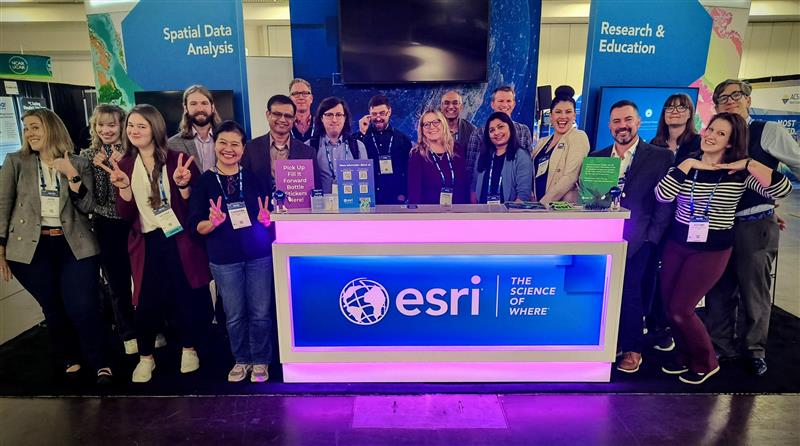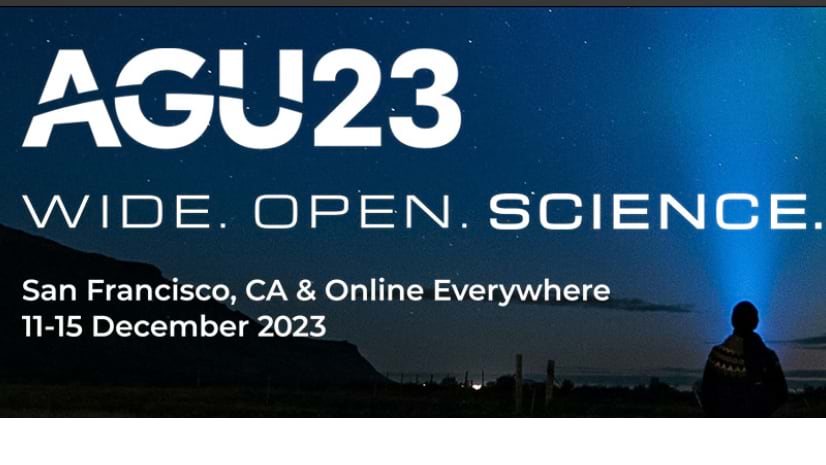
Many know of the American Geophysical Union (AGU) as one of the world’s most well-respected Earth science scholarly organizations. Its annual fall meeting usually dwarfs the Esri UC by well over 10,000 attendees. Last year’s event attracted over 26,000 attendees from more than 100 countries, maintaining its status as the largest Earth and space science meeting in the world. This year’s conference (#AGU24), December 9-13, 2024, in Washington, DC, will be of similar size over the course of just one week, with presentations in oral and poster sessions, in-person and virtual eLightning sessions, and an in-person exhibitor showcase.
Esri is once again a PREMIUM-level exhibitor with an on-site booth presence (#739 across from NASA) under the theme of Empowering Scientists for Open-Science-Driven Discovery: Science-based Tools to Address our Changing Planet. There will be a bevy of rich content and messaging around how the open, flexible, and interoperable ArcGIS analysis ecosystem is streamlining data handling, enhancing spatial analysis for environmental monitoring, and enabling more effective science communication, higher-ed science curricula, and teaching. Demo content will include multidimensional scientific data and analysis, imagery, big data geoanalytics, raster analytics, data publishing and no-code apps, The Living Atlas of the World, ArcGIS Pro, R and Python integration, ArcGIS Notebooks, ArcGIS Hubs for open data platforms, ArcGIS StoryMaps, Learn ArcGIS, MOOCs, World [Terrestrial] Ecosystems (aka Ecological Land Units), Ecological Marine Units, Ecological Coastal Units, the entire web GIS pattern, our commitment to open/interoperable, and more.

Throughout the entire conference, Esri will have booth staff available each day should any AGU attendee have questions, wish to speak with Esri experts, or view a number of live science demos. Free pens, stickers, notebooks, and our famous luggage tags will be part of the action too. In addition, a variety of science books from Esri Press will be available for browsing. Esri is also sponsoring water filling stations to help keep single-use items out of landfills and contribute to environmental charities. With the “Fill it Forward” technology, we will participate in tracking the collective environmental impact of #AGU24 attendees and report back on the waste diverted.
See our daily schedule of demos at the Esri Booth (#739).
Many thanks to Esri Earth Sciences Solution Director Lorraine Tighe for coordinating the participation of 12 booth staff in this important scientific conference.
Beyond the booth, Esri will also be represented at several Town Hall meetings and section meetings such as the AGU Informatics Group, the AGU Open Science Team, the Alaska Science Facility NASA Distributed Active Archive Center & Synthetic Aperture Radar Outreach group, and the Earth Science Information Partners (ESIP) Open Science Cluster
We are also pleased to share the lineup of presentations that will be made by Esri staff at the 2024 AGU Fall Meeting. You’ll see in the list below of scientific papers, posters, and entire sessions that Esri is leading or contributing on a wide variety of interesting and important projects. Many of these are in collaboration with our federal partners at NASA, NOAA, US Forest Service, Department of Energy, EPA, and the USGS, as well as several universities and national laboratories. This showcases how Esri not only enables great understanding of the world with our products and services, but also performs good science, and contributes well as a member of the scientific community, sharing and inspiring others as to The Science of Where.
AGU PRESENTATIONS and SESSIONS with Esri Co-Authors
(where B = Biogeosciences, ED = Education, IN = Informatics, H = Hydrology, NH = Natural Hazards, TH = Town Hall oral talks; 5-character codes are entire sessions)
Poster – Stakeholder Evaluation of the Climate Mapping for Resilience and Adaptation (CMRA) Portal
Poster – Strategies for Useable Climate Information for Resilient Designs Under NOAA Atlas 14
Poster – Using Artificial Intelligence to Extend the Spectral Range of UAS Imagery
ED42A-04 How Can and Should Modern Geospatial Technologies be Taught and Learned?
ED52C-04 Exploring the Five Pillars of Open Science: Challenges, Impacts, and Future Directions
IN11B Emerging Technologies for Earth Science Data Access and Visualization I – Poster
IN14B Emerging Technologies for Earth Science Data Access and Visualization II – Oral
H32G-10 Taking the SWOT data beyond visualization in ArcGIS
H44E-01 Assessing 35 years of lake trophic state change in 55,000 lakes across the contiguous US
SELECTED AGU PRESENTATIONS or SESSIONS by OUR USERS
(where B = Biogeosciences, H = Hydrology, SY = Science and Society, U = Union oral talks)
Poster – Utilizing ArcGIS to craft and analyze historical coastlines, erosion, and carbon loss
H14I-03 A Sophisticated Open-Source Model to Downscale GRACE Data Using ArcPy in ArcGIS Pro
SY42B-05 Using ArcGIS StoryMaps to Inspire Community Engagement with Glacial Geomorphology
Esri at past American Geophysical Union (AGU) Meetings in 2023 | 2022 | 2021 | 2020 | 2019 | 2018.


Article Discussion: